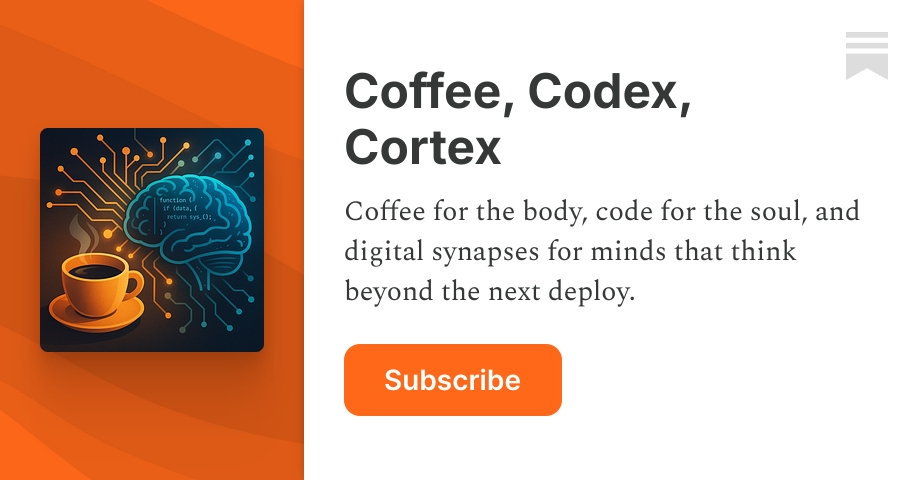<p dir="ltr">This working paper presents Measuring Fidelity Decay: A Framework for Semantic Drift and Collapse, the fourth entry in the Semantic Fidelity Lab series. While most evaluations of large language models (LLMs) focus on accuracy (are the facts correct?) and coherence (are the sentences well-formed?), this framework addresses a neglected third axis: fidelity of meaning.</p><p dir="ltr">It differentiates Semantic Drift from hallucination or bias: drift occurs when nuance, intent, or metaphor erodes across recursive outputs, even while facts remain intact. Fidelity Decay refers to the measurable curve of meaning loss over multiple generations. Ground Erosion captures the collapse of background context, the “unsaid” that gives language depth. And Semantic Noise describes the saturation of knowledge ecosystems with fluent but redundant outputs, reducing signal-to-noise ratios.</p><p dir="ltr">These concepts stand apart from anchor terms like hallucinations or factual accuracy by shifting attention from surface correctness to meaning preservation. The framework argues that the true cultural and technical risk of AI systems is not error, but collapse: words hollow out, metaphors flatten, context dissolves, and discourse fills with static.</p><p dir="ltr">The contribution of this work lies in its move from critique to measurement. It proposes concrete methods: recursive summarization chains, metaphor stress-tests, resonance surveys, and noise-infused retrieval experiments. These allow researchers to track how meaning erodes over time. By integrating these methods, it outlines a pathway toward fidelity-centered benchmarks that complement existing accuracy metrics.</p><p dir="ltr">The stakes extend beyond technical evaluation: if LLMs are optimized only for accuracy and fluency, they may succeed while still impoverishing the medium of human communication. This framework positions semantic fidelity as a central research priority for AI. Essential for building systems that preserve intent, nuance, and cultural coherence, rather than allowing meaning to collapse into static.</p><p dir="ltr">Early drafts of this framework have been circulated in AI research forums and cited in discussions on evaluation benchmarks. The approach has recently been presented at workshops on AI evaluation and is gaining traction as part of a broader discourse on meaning preservation.</p>
History
Related Materials
- 1.
ISBN - References Sperber, D., & Wilson, D. (1986). Relevance: Communication and Cognition. Harvard University Press. (urn:isbn:9780674748670)
- 2.
- 3.
- 4.
- 5.
.png)




